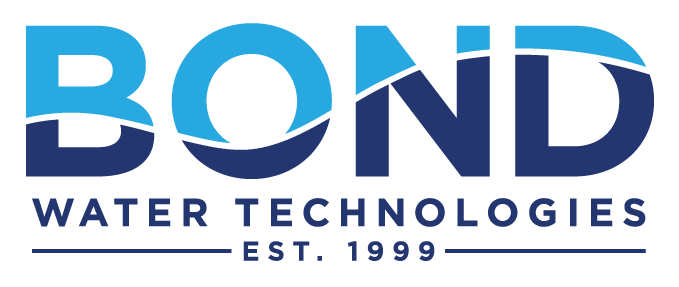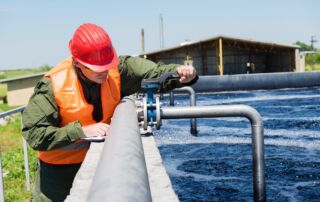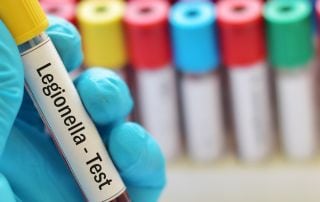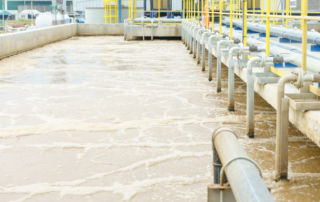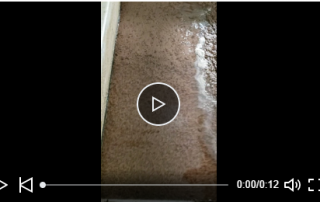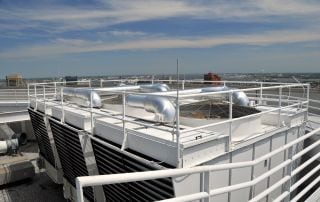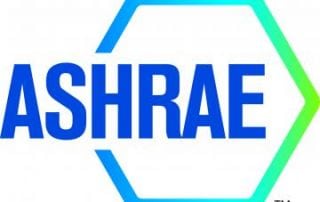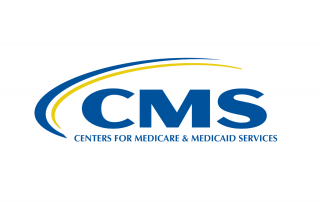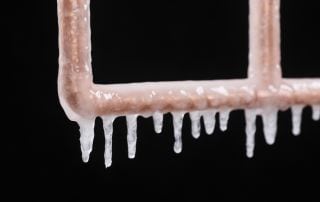Bond Water Technologies is Celebrating our 25th Year in Business
Jim Clarke2024-03-25T22:10:48+00:00Bond Water Technologies is celebrating our 25th year in business. We wish to pass on our sincere gratitude to all our customers and friends for their unwavering confidence, support, and trust. When our founders, John Peterson, and Matt Mallon, established Bond back in 1999 with just a mission statement and a handful of employees, it was barely possible to anticipate the transformation of Bond into one of the largest water treatment companies serving the Mid-Atlantic and Southeast region. Since our humble start, we have remained committed to providing quality products and services while building strong relationships with our customers. We are proud to have become a trusted name in this industry and to have worked with so many satisfied clients. Bond is now proudly represented within the commercial, institutional, health care, food and beverage and light industrial market segments. We have truly come a long way. We recognize that this accomplishment would not have been possible without the dedication of our employees, customers, and vendors. Your loyalty has been first class and a key to our success. We are grateful for your on-going support and our continued friendship. Thank you for your tremendous support over these many years and for being part of our journey. We truly value our partnership and look forward to celebrating our 25th anniversary together as we move through 2024.
